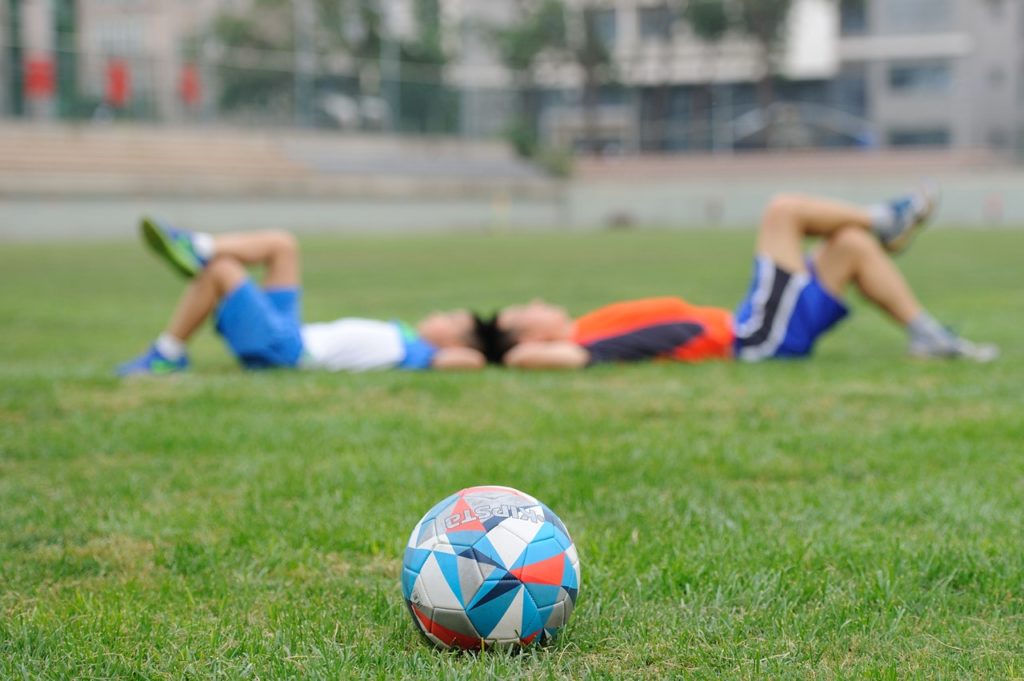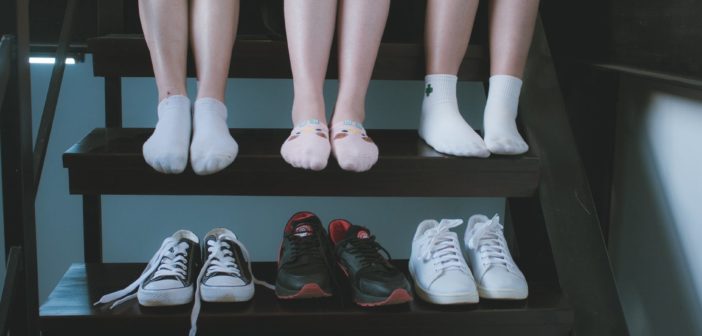When your child complains of aches and pains in their legs and feet it can be hard to know whether it is normal growing pains or something that may require further attention. One such cause is Sever’s disease.
What is Sever’s disease?
Sever’s disease (calcaneal apophysitis) is a common condition that affects rapidly growing, active children between the ages of 8 and 14 years.
Presenting as heel pain, the condition is an inflammation of the growth plate in the heel. It is thought to occur due to bones growing faster than the tendons and muscles in the legs. This results in the tendons (such as the Achilles) and muscles becoming tight and overstretched, putting pressure on the growth plate.
Repeated pressure or force through activities such as running and jumping can cause the inflammation of the growth plate in the heel, causing pain.
Sever’s disease can affect anyone however risk factors include:
- Children who are highly active and/or participating in sports which involve running and jumping on hard surfaces
- Poor fitting shoes that do not provide enough heel support
- Flat or high arch of foot
- Pronated foot – a foot that roles in at the ankle when walking
- Overweight

Signs and Symptoms
- Pain or tenderness in one or both heels, usually exacerbated by exercise
- Swelling or redness in the heel
- Difficulty walking
- Limp or walking on tiptoes to avoid putting pressure on the heel
Diagnosis & Treatment
A doctor or physiotherapist can diagnose Sever’s disease after an examination and history. X’rays are not usually required, however may be undertaken to eliminate other causes.
As Sever’s disease will resolve itself over time, there is no specific treatment method that is most effective.
The following may be recommended by your health professional:
- Apply ice to reduce swelling
- Limiting pain-inducing activities such as high impact sports in the short term
- Wrap or use a compression stocking to assist with swelling
- Use of an orthotic heel support
- Supportive shoes with good heel and arch support
- Stretching exercises to strengthen legs tendons and muscles
Sever’s disease may take months or even a few years to resolve completely and “flare ups” often reoccur intermittently over this time. However, once the heel has finished growing there should not be any lasting problems.

